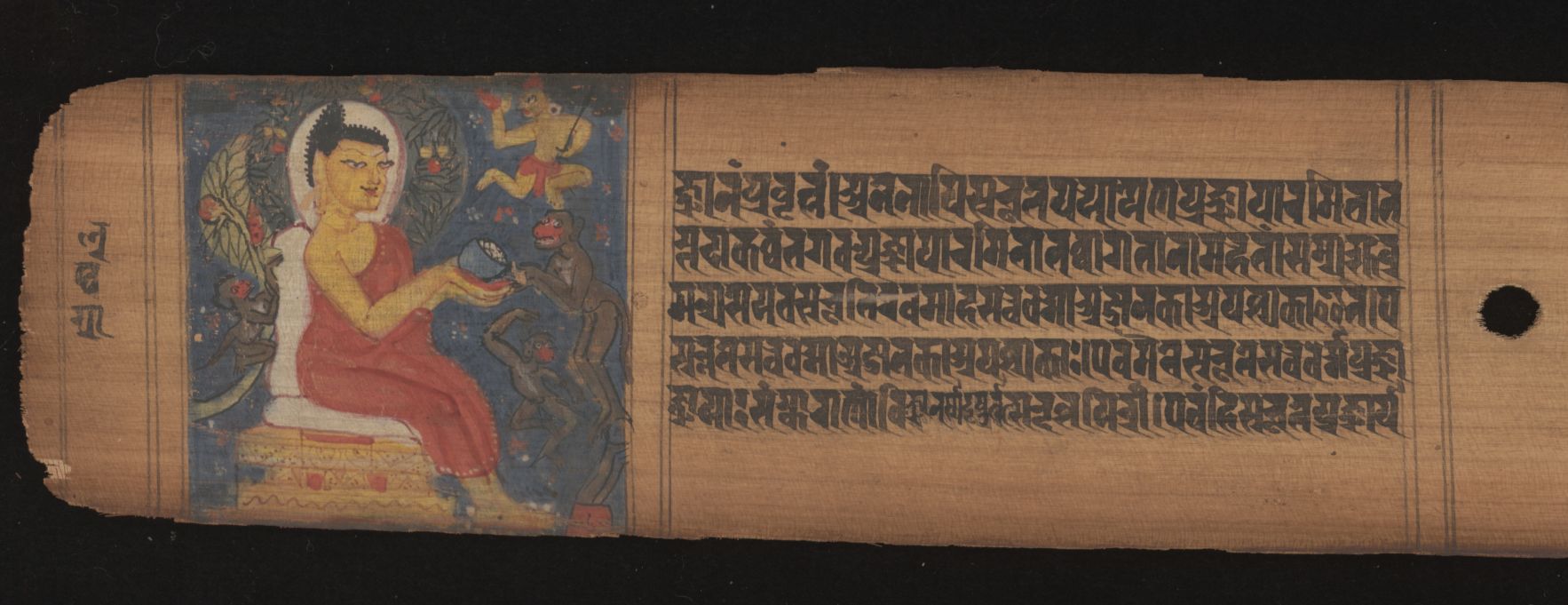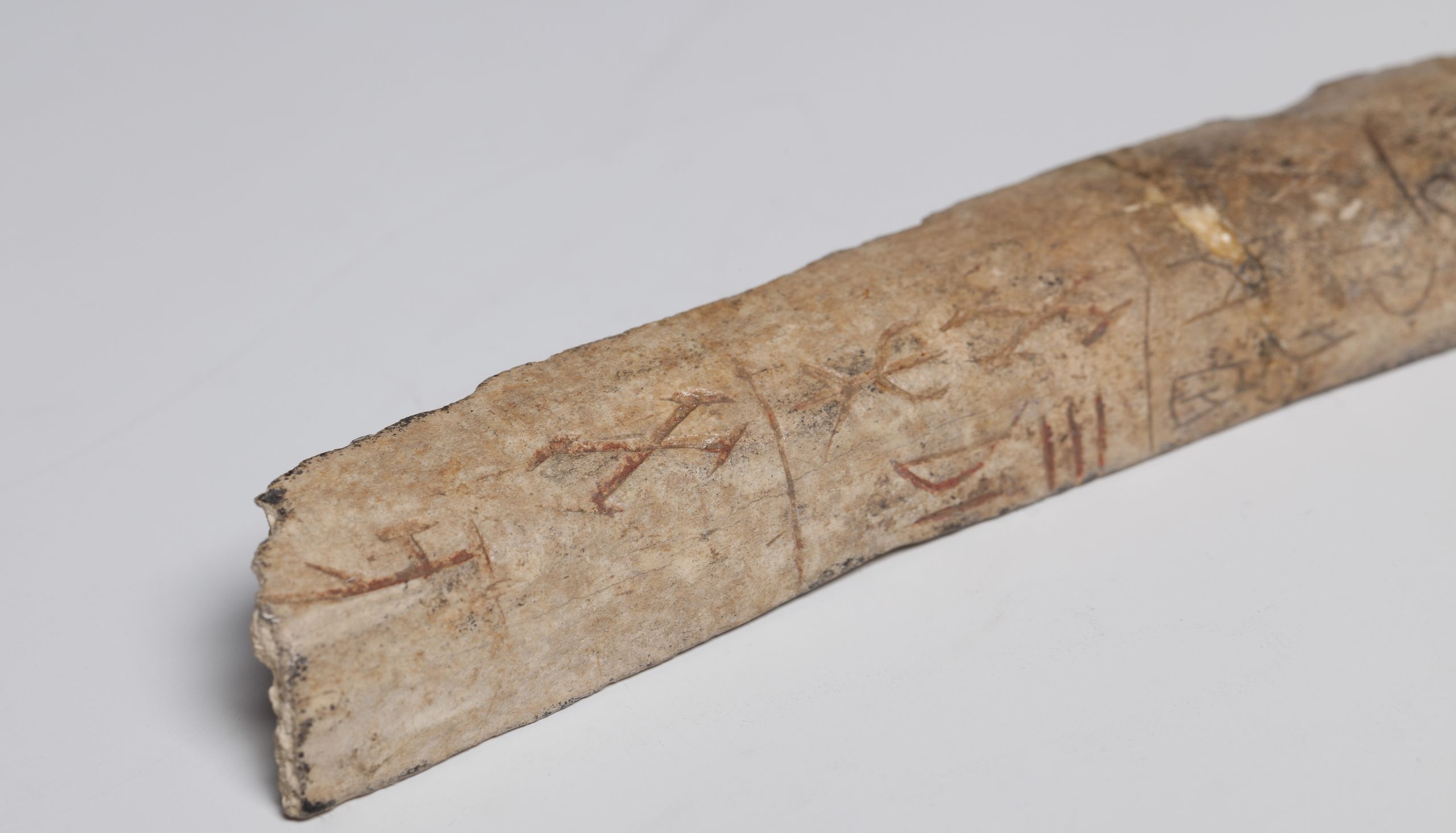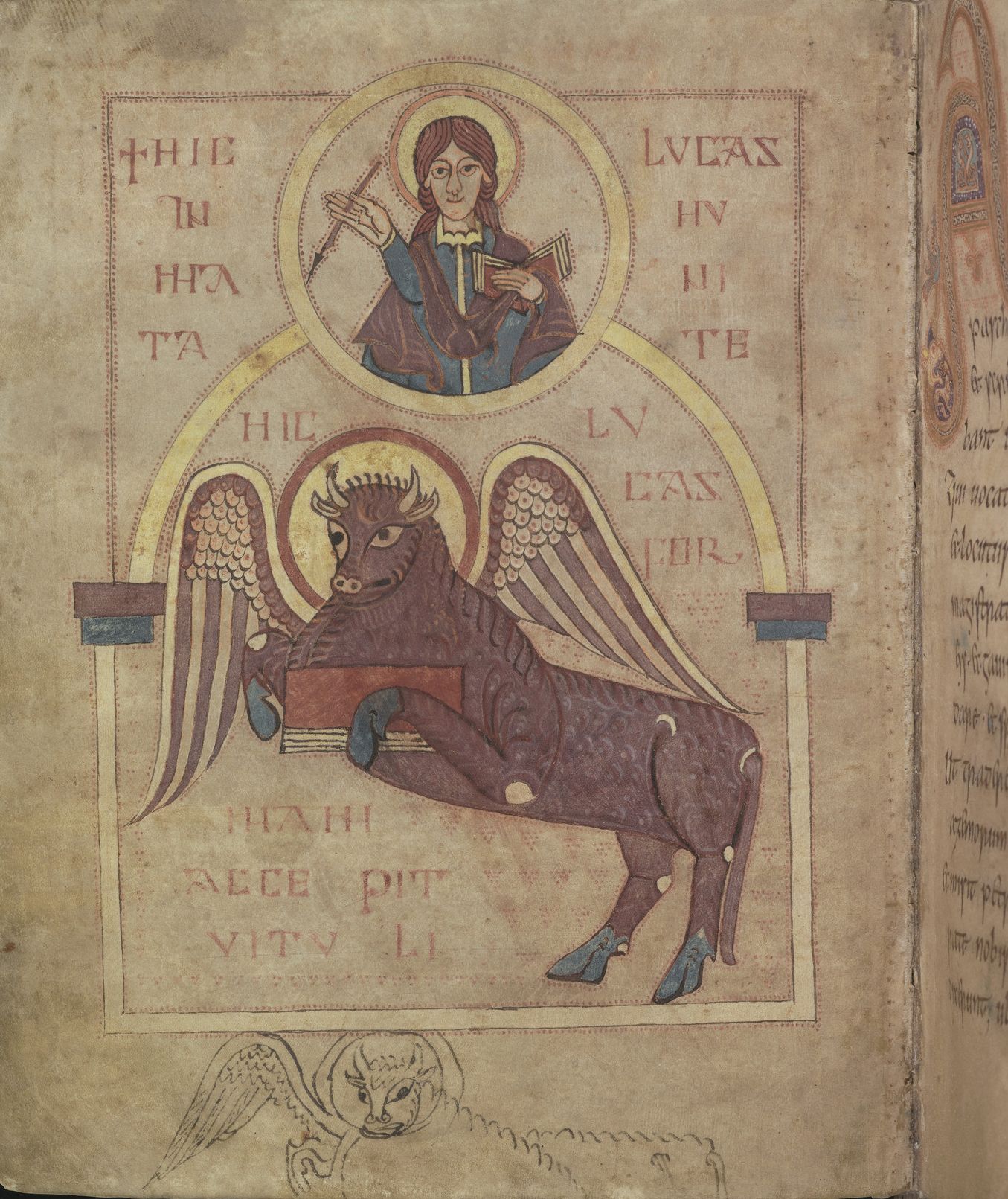'Outstanding international importance'
Cambridge University Library's Special Collections recognised with Arts Council England Designation

Arts Council England has recognised Cambridge University Library’s Special Collections as one of 152 collections in libraries, museums and archives across England to have outstanding national and international importance under the Designation Scheme.
The Special Collections at the University Library are one of the world’s great collections of global cultural heritage, spanning more than 4,000 years of recorded thought and provide a documentary record of human culture and experience throughout history. The oldest inscribed item is a Sumerian clay tablet with lines of text in cuneiform script, dated to ca 2200 BCE.
“The scale and scope of our Special Collections mean they provide a uniquely rich documentary record of human culture and experience, representing and underpinning some of the most significant developments in human history."
The Special Collections comprise an outstanding range of material from oracle bones - which record some of the earliest examples of the Chinese script - to the scientific discoveries contained in the papers of Sir Isaac Newton and Charles Darwin.
Also included in the collections are important examples of early writing on clay, bone, bark, papyrus, palm leaves, animal skin and paper, representing developments in human record-keeping in over two thousand languages.

Over three thousand years old, these Chinese Inscribed Oracle Bones are among the oldest written materials in Cambridge University Library. The oracle bone texts are the oldest extant documents written in the Chinese language. Inscribed on ox shoulder-blades and the flat under-part of turtle shells, they record questions to which answers were sought by divination at the court of the royal house of Shang 商, which ruled central China between the 16th and 11th centuries B.C.E.
Over three thousand years old, these Chinese Inscribed Oracle Bones are among the oldest written materials in Cambridge University Library.
The collections also encompass archives, manuscripts, rare printed books, maps and music, as well as the rich institutional records of the University through history, including objects currently on display in The Rising Tide: Women at Cambridge exhibition.
The Designation Scheme, which has been running since 1997, highlights collections of exceptional significance and covers diverse and varied areas from political archives to the medical profession as well as theatre and literature.
Hedley Swain, Area Director, South East, Arts Council England, said: “It is wonderful to see Cambridge University Library’s Special Collections recognised through the Designation scheme. I hope that this will provide them with the platform to extend the reach and impact this collection has, both within Cambridge and across the country.”

The Book of Cerne is an early ninth-century Insular or Anglo-Saxon personal prayer book with Old English components. It is now commonly believed to have been produced sometime between ca. 820 and 840 CE.
The Book of Cerne is an early ninth-century Insular or Anglo-Saxon personal prayer book, believed to have been produced sometime between ca. 820 and 840 CE.
“Our Special Collections are one of the world’s great collections of cultural treasures, and it is an extraordinary privilege to be able to care for them and share them with everyone, from visitors to the Library in Cambridge to people all around the world through the Cambridge Digital Library.
"This award celebrates the unique importance of these inspiring collections.”

